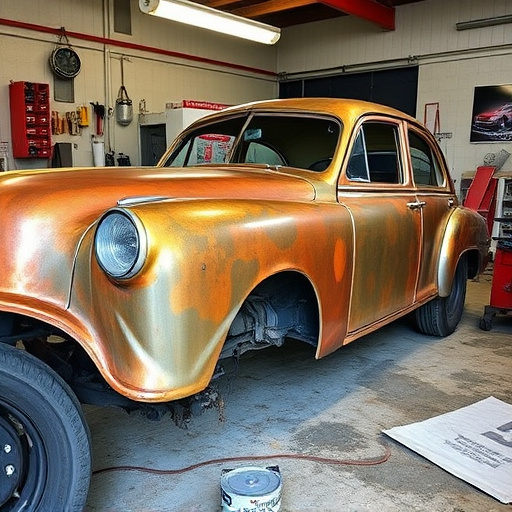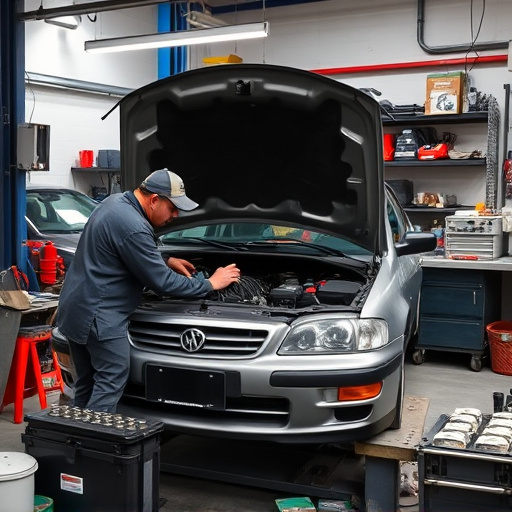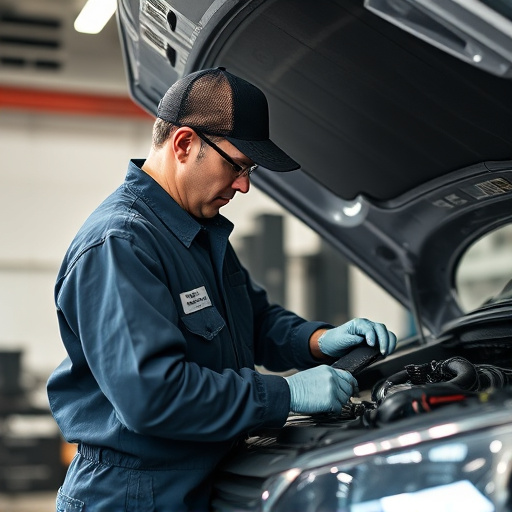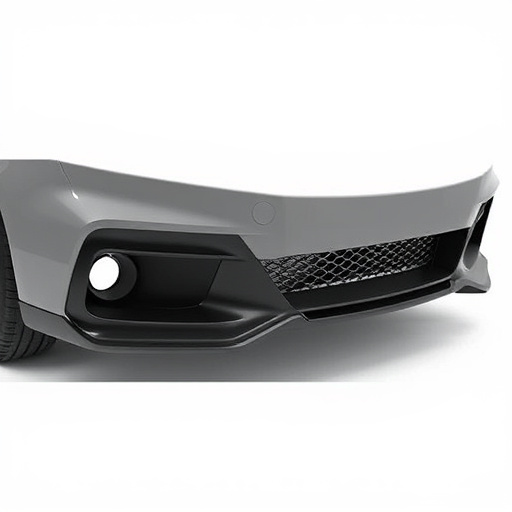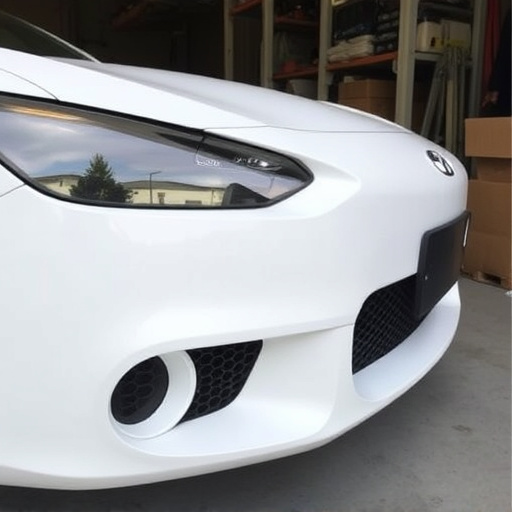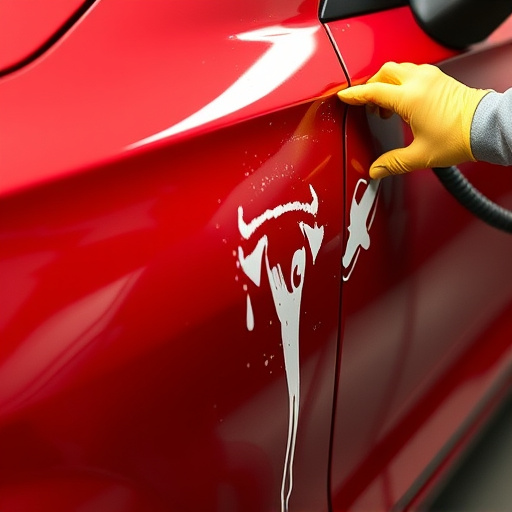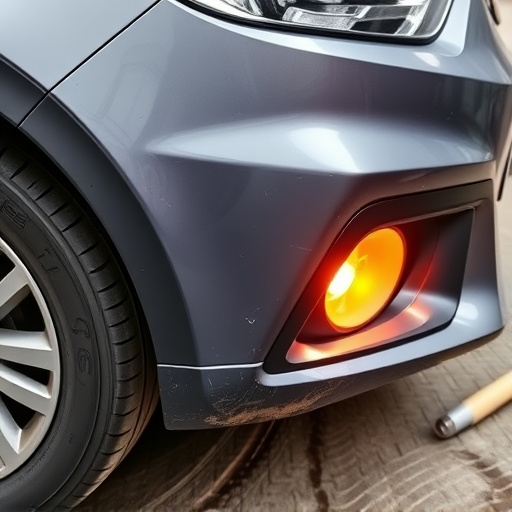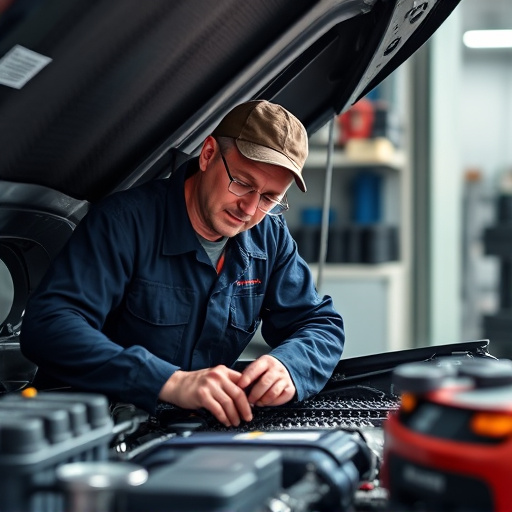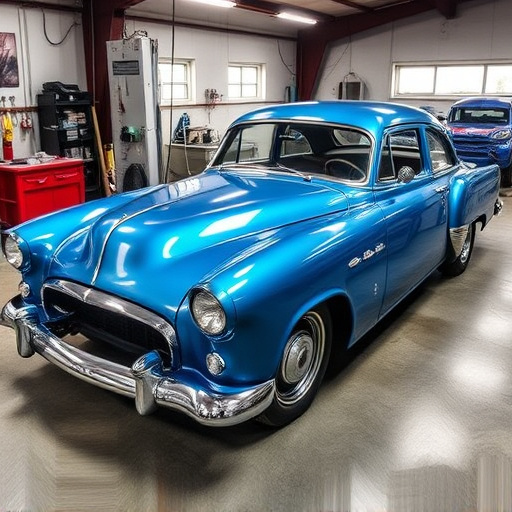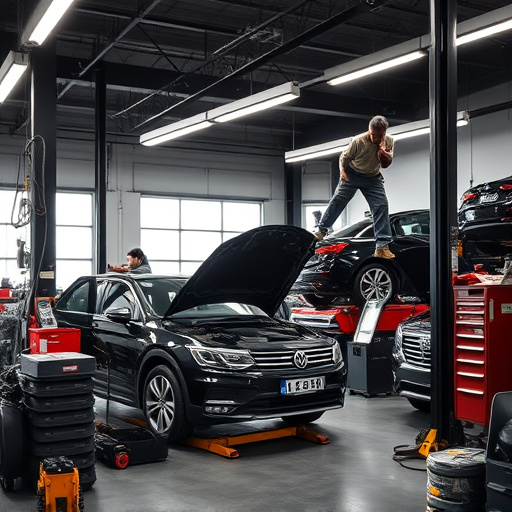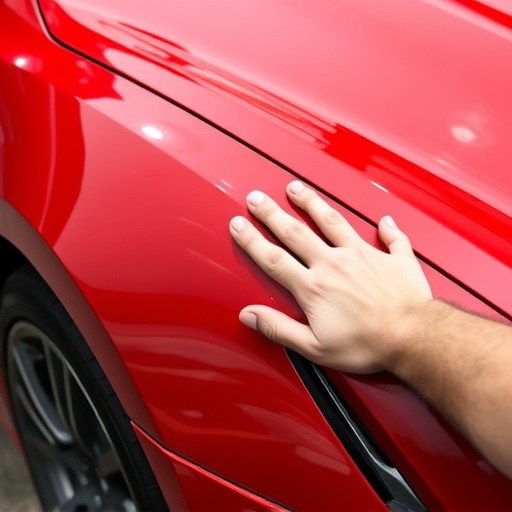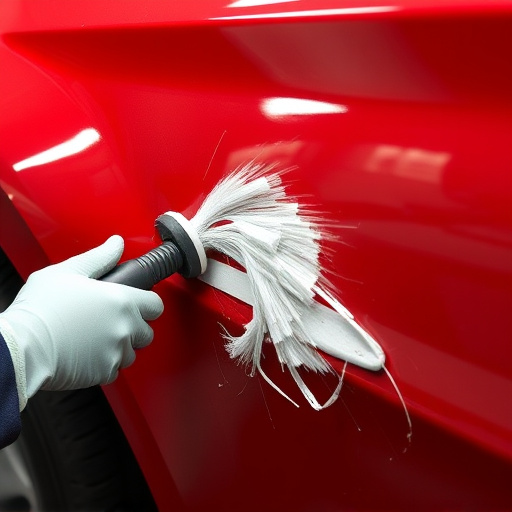Urethane bumper parts excel in impact resistance and flexibility, protecting vehicle aesthetics during collisions. They surpass alternatives like fiberglass or metal in chip resistance, cracking, and color retention, ensuring vehicles remain in top condition. For collision repair and classic car restoration, urethane offers superior application, efficiency, and flexibility compared to other materials.
In the quest for durable and impact-resistant vehicle bumpers, understanding the nuances of different materials is paramount. This article delves into the world of urethane bumper parts, exploring their unique properties and advantages over traditional fiberglass and metal alternatives. We’ll compare material durability, performance, and application efficiency, highlighting where urethane bumpers excel. By the end, readers will grasp why urethane bumper parts are a game-changer in automotive design and protection.
- Understanding Urethane Bumper Parts: Properties and Advantages
- Fiberglass vs Metal Bumpers: Durability and Performance Comparison
- Application and Efficiency: Where Urethane Outperforms Others
Understanding Urethane Bumper Parts: Properties and Advantages
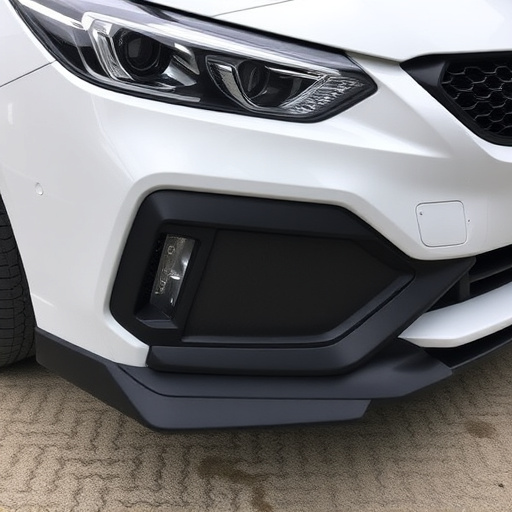
Urethane bumper parts offer a unique blend of properties that make them a standout choice for automotive body work. This versatile material is known for its exceptional impact resistance, which is crucial for safeguarding vehicle aesthetics during collision or minor bumps. Its high flexibility allows urethane to absorb and distribute energy, preventing damage to the underlying structure. This advantage is particularly valuable in classic car restoration, where preserving the original look while minimizing repair is essential.
Moreover, urethane bumper parts excel in their ability to maintain a consistent appearance over time. Unlike fiberglass or metal, which can chip, crack, or fade, urethane retains its color and texture effectively. This longevity not only saves on vehicle repair services but also contributes to the overall visual appeal of the automobile. The durability and flexibility of urethane make it an ideal solution for various automotive applications, ensuring that vehicles remain in top condition even after facing challenging road conditions.
Fiberglass vs Metal Bumpers: Durability and Performance Comparison
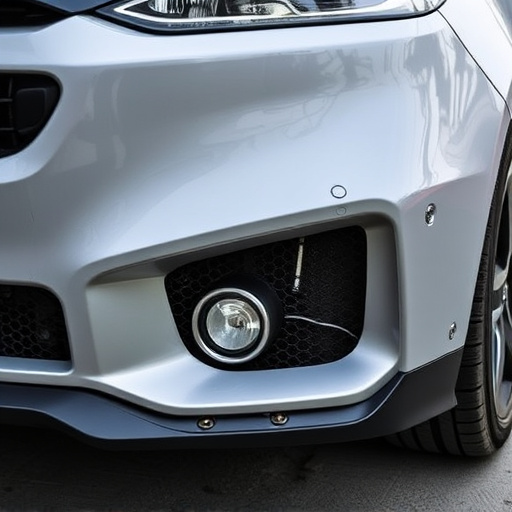
When comparing fiberglass versus metal bumpers, durability and performance are key factors to consider for any vehicle owner looking into urethane bumper parts as a car damage repair solution. Metal bumpers have traditionally been the go-to option due to their robust strength and resistance to severe impacts, making them ideal for collision centers dealing with heavy-duty repairs. However, fiberglass bumpers offer surprising durability and an impressive level of performance that’s often overlooked.
Fiberglass is not only lighter than metal, but it also possesses exceptional impact resistance and the ability to absorb energy effectively during a collision. This makes it a great alternative for auto glass replacement in areas prone to minor bumps and scratches without needing extensive repair work. While metal bumpers excel at withstanding intense impacts, fiberglass provides a more subtle yet effective solution, making it a viable option for those seeking efficient and cost-effective car damage repair.
Application and Efficiency: Where Urethane Outperforms Others
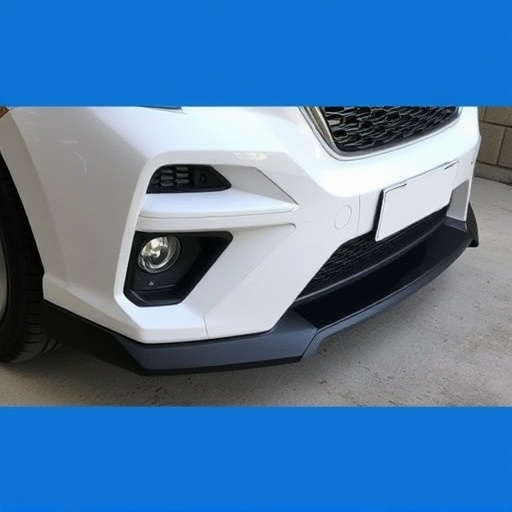
Urethane bumper parts have proven to be a superior choice for many vehicle collision repair and classic car restoration projects due to their exceptional application and efficiency. The material’s unique properties make it highly versatile, able to withstand various impacts while maintaining its integrity. In contrast, fiberglass and metal bumpers often struggle to match this level of flexibility, particularly in situations involving significant force or complex shapes.
One of the key advantages of urethane is its ability to absorb and distribute energy during a collision, offering enhanced safety features for vehicle repair. This characteristic not only reduces the risk of further damage but also contributes to more cost-effective repairs over time. For classic car restorers, this means that original or reproduction urethane bumpers can be restored, replacing worn or damaged parts without compromising structural integrity, thus preserving the historical authenticity of their vehicles.
Urethane bumper parts have emerged as a superior choice in the automotive aftermarket, offering unparalleled durability, flexibility, and performance. As compared to traditional fiberglass and metal bumpers, urethane provides enhanced crash resistance, better retention of original vehicle aesthetics, and reduced weight, making it an eco-friendly and cost-effective solution. Its unique properties make urethane bumper parts the preferred option for both original equipment manufacturers and DIY enthusiasts seeking high-quality, long-lasting replacements.
